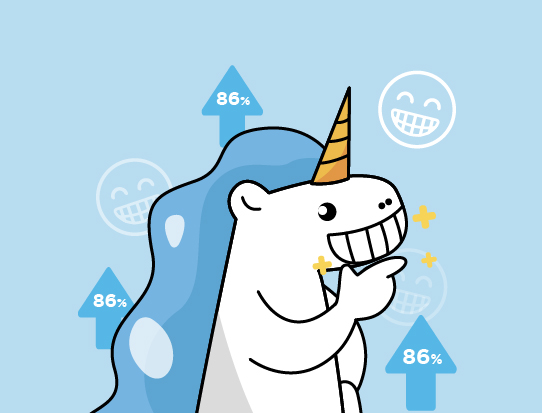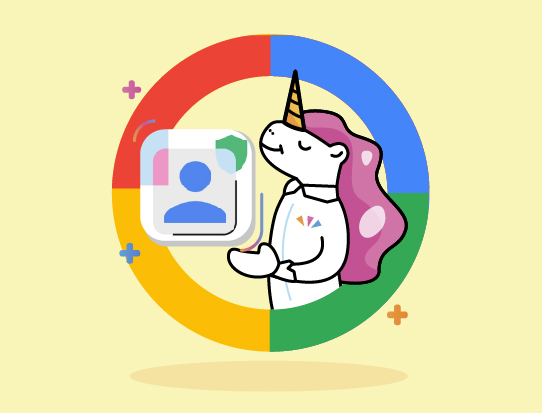Google’s PMax (performance max) is replacing Smart Shopping and Local Campaign soon. Auto-updates have begun in July 2022 and are going to be completed this September 2022. This is in line with Google’s attempt to use more automation and machine learning.
The move follows the recent sunsetting of ETA (expanded text ads) and GA 3 (universal analytics), which have now been replaced with RSA (responsive search ads) and GA 4 (Google Analytics 4), respectively. So if you haven’t made the move to GA 4 yet, learn why you should and why now is the best time to do so.
So, why PMax? In early testing, PMax campaigns showed an average increase of 12% in conversion value at the same or better ROAS (return-on-ad-spend) compared to Smart Shopping. Leading eCommerce partners like Shopify, WooCommerce, and BigCommerce are also working to support PMax better so their merchants can reap the benefits.
PMax in a nutshell
PMax is a goal-based campaign that uses automation and machine learning to enhance campaign performance. It automatically connects your ads with the right customers at the right moment across all of Google Network’s ad inventory and formats.
PMax also allows you to grow in any sales channel—be it online, offline or omnichannel. PMax does this by unlocking all of Google’s ad inventory from a single campaign with a product feed. For example, you can transform your Video ads into your digital storefront and highlight your top products on YouTube—right where valuable customers are watching relevant video content every day.
In a nutshell, PMax is the automated ad solution to grow your business. It shows your ads to more people, making it perfect for scaling your keyword-based campaign to a new level. PMax also makes for easier campaign set-up as it automates a lot of the time-consuming, manual work of setting up across different platforms. All these are done while PMax optimizes the performance of your ads in real-time. To get the most out of PMax, make sure you have specific advertising and conversion goals.
How does PMax work?
PMax runs on automation and machine learning—be it for buying ads, or setting up ads from the creatives you provided. Entering the right inputs will be essential in making the campaigns successful.
-
Automation: Smart bidding
- Automated bidding and ad buying
- Generate ads from the creative assets you provided
- Have real-time management of bids, budgets, audiences, creatives, attributions, and more
Smart Bidding is an automated bid strategy that optimizes conversion across all channels. It allows for real-time management of bids, budgets, audiences, creatives, attributions, and more.
With Smart Bidding, automation runs all aspects of the bidding and ad buying process. Later, PMax’s machine learning will generate the right ads from the creative assets you provided. When input data such as campaign goals, budget, and target metrics are filled, Google will handle the targeting and delivery, ensuring the ads get to the right people at the right time.
-
Inputs
- Campaign goals: crucial as the campaign type is goal-based
- High-quality creative: copy, image, and video
- Conversions: identify the most valuable type of conversions
- Safety settings: specify the type of content where you don’t want your ads running
PMax is like a machine; it needs all the right support for success. That means, making sure the right campaign and conversion goal are in place. And to boost it, the best high-quality creatives that appeal to your target audience. Lastly, turn on the safety setting to avoid your ads appearing on irrelevant content.
What’s new:
-
Customer Acquisition conversion setting to find more new customers
This PMax feature is the advanced version of the popular feature that was in Smart Shopping. It allows advertisers to focus on new customers while also maintaining cost efficiency. You can either bid more for new customers or optimize the campaign to target only them. You can also tweak the setting to stop or at least reduce the number of existing customers from seeing the ads.
This makes identifying new customers easier and more flexible. Advertisers can use their first-party data to find new customers through Customer Match lists. Or they can set up conversion tags or rely on Google’s auto-detection method.
-
Audience signals to steer the machine-learning algorithms in the right direction
Audience signals allow marketers to nudge Google’s machine learning algorithm toward the audiences who are most likely to convert. This will not only optimize conversions but also save time and maximize the effectiveness of the campaign.
This very important feature is unique to PMax campaigns only and while it is optional, it’s best to use it in all your campaigns. Remember, always use a strong audience list, and don’t use weak or broad ones. Otherwise, your ads will be shown to a massive and irrelevant audience.
-
Better insights: Asset Audience Insights and Diagnostic Insights
With Asset Audience Insights, advertisers can understand how specific customer segments respond to the copy, images, and videos in their Google ads. For example, when selling computers to power users, ads with detailed product specs will resonate better compared to flashy computer images. This way, advertisers will know how to better tailor their ads for each audience to maximize their reach and influence.
Diagnostic insights is PMax’s very own setup troubleshooter. Not only will it highlight setup issues that prevent your ads from showing, but it will also give you suggestions on how to fix the problems. This way, if the client’s campaign is disapproved or other problems arise, you can easily and quickly fix it so the campaigns can be up and running in no time.
Wrap-up: PMax is the ideal automated solution for gaining new customers
Google’s PMax is your best option in trying to get new customers while maintaining cost efficiency. Its automation and machine learning, combined with an all-access pass to advertise on Google’s Network makes it so. As long as high-quality creative assets and relevant inputs are supplied, PMax will deliver the right ads at the right time to the right people, thus making more conversions.
Contact us here if you want to learn more about Google’s PMax and how you can apply it to your business. Talk soon!













